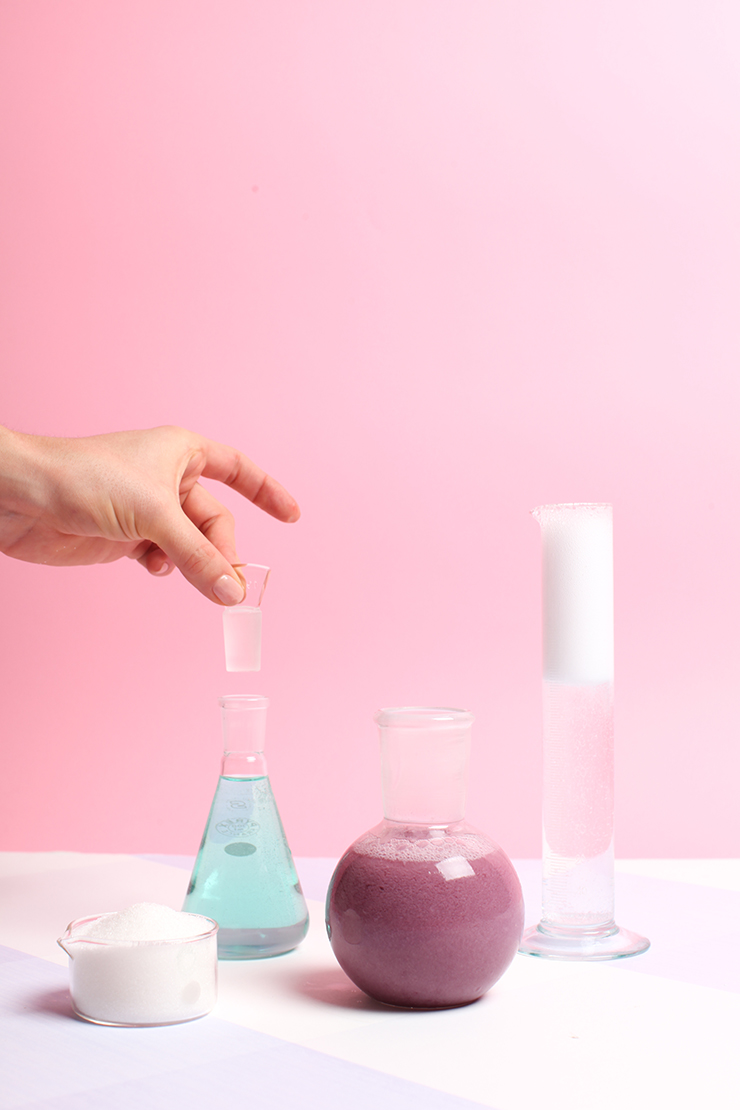Sewing fabrics: Polyester

Hello, seamstresses (and seamstresses)!
Here's the next instalment of our little section on sewing materials, this time featuring a material that's sure to raise a few eyebrows: polyester.
What's polyester? It's a man-made, synthetic fiber which (for the sake of brevity) is a cluster of molecules resulting from a collision between other molecules and alcohol, which forms a product that can be spun or stretched. These fibers are then woven or knitted together, or mixed with other fibers. Polyester is very strong, rot-proof (so we recommend you recycle your clothes), absorbs little moisture, is very stretchable/soft, and is resistant to certain chemical reactions and insects like moths. Hence the fact that it can be transformed into a technical material for sportswear, for example. On the other hand, this material doesn't take well to heat, so check the power of your iron!
How do you recognize it? Once again, the easiest way is to burn it. The material will curl up on itself and melt, forming a small dark ball or drop, which once cold will be hard to the touch.
How to use it It's not recommended for people with sensitive skin, such as children and babies, or for people with a tendency to perspire, as this fiber doesn't absorb water, so there's a risk of "macerating" in it (yes, it's not glamorous). On the other hand, it's a great ally for adding elasticity to your fabric or for water-resistant garments. Note, however, that unlike cotton, you can't dye it!
Which weave to choose? Don't hesitate to choose it mixed with other fibers, natural or otherwise. We recommend jersey (which is a knitted fabric) for a very fluid, supple fall, or in small quantities in a cotton canvas or poplin for elasticity (in shirts or dresses). You can also use a "crepe" weave to make it even more supple and, above all, completely wrinkle-free! Very practical for iron phobics... Tulle is also increasingly made of polyester, as it's inexpensive, but can be a little scratchy! Last but not least, you can find "glued" fabrics (which are often sold as neoprene, but they're not), which are two fabrics woven in plain weave or knitted, and glued together so that the material is rigid and puffy (which makes very pretty materials for structured skirts and dresses).
As you can see, although it's not natural, this fiber has a lot going for it. So get out your sewing machines and see you soon!
Laure
To read this post in English, click here!




